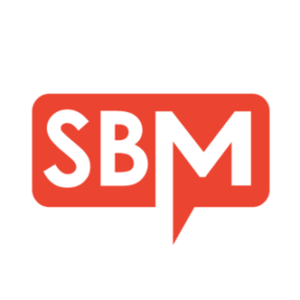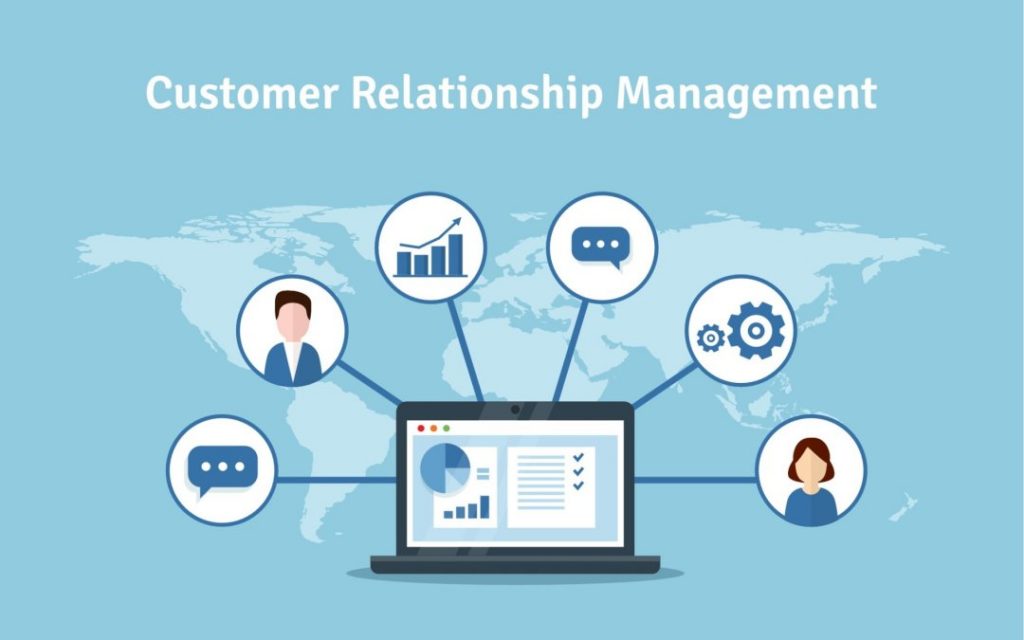As a school marketer, you have a lot on your plate. And even though you probably already know how important it is to use automation, it’s not always easy to take time away from your busyness to set up new automated workflows.
The good news is that there are even more automation tools available today, and they’re easier and faster to set up than ever before.
The place to start, of course, is with an automation strategy. Here are some of the best marketing tasks you should include in your automation strategy.
Email Task Automation Tips
Email automation is a powerful tool for sending the right message to the right person at the right time. The beauty of email automation is that you don’t have to send out an email manually every time you want to message someone.
A common example of email automation is sending a series of emails when someone triggers an event, such as downloading an ebook or white paper.
Some of the benefits of automating email tasks include:
- The ability to personalize the experiences of people on your lists
- Save staff time
- Improve the retention rate of people on your list
- Gives you the ability to scale your marketing strategy
1. Content downloads
One way to effectively utilize email automation is to deliver content downloads, such as a decision-making aid, such as an ebook titled “3 Reasons to Attend an All-Girls School” or “How to Choose the Best Preschool for Your Child”. You can also add a “next step” call-to-action (CTA) in the email body.
2. Email newsletters
There are several things you can do to speed up the time you spend on email newsletters. One easy way to get started is setting up an email template or header design you can easily duplicate each time you want to set up a new newsletter.
3. Drip campaigns
Email drip campaigns are a crucial aspect of a marketing strategy. A drip campaign sends out carefully designed content at certain intervals (i.e once a week). People opt-in to the campaign based on certain criteria (such as filling out an inquiry form).
Let’s say you want to create an engagement drip campaign. The goal of an engagement campaign is to showcase the value of your school programs and encourage parents to engage with your school. Here are some examples of the types of emails you might send out as part of an engagement drip campaign.
- Alumni profiles highlighting the benefits of investing in your school. These usually take the form of an alumni profile, stories and testimonials from an alumni.
- Similar to alumni profiles, graduate profiles showcase your graduates to talk about your students and the type of learners and leaders they are. This is an opportunity to give prospective families a glimpse into who their students will be as graduates, ready to take on the world with the skills, knowledge, and confidence they’ve learned being students in your school.
- Remind parents of your financial resources. Tuition and finances can be a major deterrent to enrollment or re-enrollment. Reminding parents your school is able to work with them to meet their financial needs can make a difference in terms of enrollment.
- Promote your Preview Night. If your school offers a Preview Night to give families a sneak peek of the next grade level, use an email newsletter to remind parents there’s still a lot to learn about your school. If your school doesn’t currently offer these kinds of events, consider featuring high points from the next grade level to get parents inspired about what’s coming in the next year.
- Favorite traditions and rights-of-passage events can be some of the most anticipated occasions, especially for families who have spent a long time as part of your community. Include an email in your drip campaign series highlighting upcoming can’t-miss events students (and parents) can look forward to in the future.
- Feature students and faculty members in older grades as a way to introduce younger students and their families to the community beyond their students’ grade level. Sharing their stories and experiences can help build bonds between grades and remove some of the mystery of older grade levels.
- Share education data that highlights your school’s strengths. Parents want to see school data broken down by student demographic groups, laid out visually and explained in plain language. They also want matriculation facts, such as the most frequently attended post-secondary schools, and an offer for a college counseling session. It’s a nice way to introduce families to the faculty member who will be influential in helping their student enroll in college or university.
4. Smart personalization
All top email marketing service providers offer tools to help you insert smart personalization for your recipients. Take the time to consider ways you can customize your emails for your families.
5. Customized email campaigns
Rather than having email drip campaigns for only one stage of your enrollment funnel, take the time to create buckets for each stage of your prospective families’ enrollment journey.
Top-of-funnel content for prospective families unfamiliar with your school Middle-of-funnel content for people who have knowledge of your school but have generalized questions Bottom-of-funnel content with a deeper focus on curriculum and school culture
By using these three types of campaigns, you can seamlessly guide new inquiries to become enrolled families, at the right pace and will less work on your plate.
6. Follow-up
You can use a drip campaign to follow up with families who haven’t gotten back to you. You can set them up with your customer relationship management (CRM) system so you don’t have to spend hours on tedious follow-up.
Inquiry Generation Task Automation
7. Minimalist inquiry generation
If you prefer a subtle approach to automated inquiry generation, there are countless tactics to inspire your strategy.
8. Website banner promotions
Got an open house or other event coming soon? Pin a minimally intrusive banner to the top of your website to feature your open house to offer to visitors who land on your website.
9. Landing Page CTA’s
Want to encourage website visitors to stay on the site and explore other pages? Use a call-to-action button to boost time on the site.
10. Automated videos
Consider creating daily educational and Q&A webinars to provide parents with more information. This can be an effective way to help parents learn more about your school, especially if you can use automation.
Social Media Task Automation
11. Facebook bots
An effective and potentially personalized tactic to automate prospective parent content is with a Facebook bot that guides new prospective parents through an initial process.
12. Schedule social media
A great use of automation is scheduling social media posts in tools like Buffer or Tailwind. There is also a “Share Again” button you can use to reschedule posts.
Content Task Automation
13. Project management automation
Many marketing teams use a project management tool to keep their content pipeline on track. Most of these tools offer automation tools, such as if-this-then-that rules to keep your content team on schedule.
SEO Task Automation
14. SEO technical improvements
Not every school marketing team has the resources to hire an in-house SEO specialist. There are several tools on the market that will crawl your website, list issues and categorize these by type and priority level. SEO Coach can help with this. SEO Coach will guide you through the things you need to do, including technical SEO improvements. Each month you get a list “to-do” list covering the important actions you need to take to improve your SEO. Each action is explained simply so anyone can follow through on their own.
15. Keyword research
Another area where SEO Coach shines is keyword research. It’s super simple to track the keywords you’re currently ranking for, look for opportunities related to your relevant topics and even identify what your competitors are ranking for that you aren’t.
Management and Organization Task Automation
16. Contact management
You’re losing time in your work day if you don’t have an automated way to collect and organize contacts from all channels. A cloud-based CRM system with a built-in pipeline management and automation capacities will help you maintain and organize these important contacts.
17. Inbox filtering
Email filtering will help you clear up a lot of inbox chaos by using automated email inbox filtering. Read more: How to Get Your Email Inbox to Zero and Keep It There in 14 Days or Less
18. Marketing reports
It’s easy to spend a lot of time on reporting: tracking the right data, creating visualizations and sharing these with your team.
Google Data Studio allows you to connect all of your marketing data for reporting in one platform. Here’s a free Google Data Studio reporting template that shows how you could automatically connect your data.
19. Updating meeting slides
You can automatically sync charts in Google Sheets with Slides to free up time instead of manually updating Google Slides.
20. Slack task automation
If you use Slack for your team, there are several automation options to help you streamline your workflows. For example, you can set up a meeting reminders to help you stay on track with meetings. You can also set up requests for progress updates from team members as well as regular messages to help you stay in the loop.
One thing to keep in mind is that you don’t have to rush into all these automations at once. You can start with small, basic tasks and gradually create workflows for more complex tasks when you are ready. So the only question left is, what task are you going to automate first?
Do you use task automation with your marketing team? What is working for you? Please share your experience with the rest of the school marketing community by leaving a comment below.
Read the original article here.







